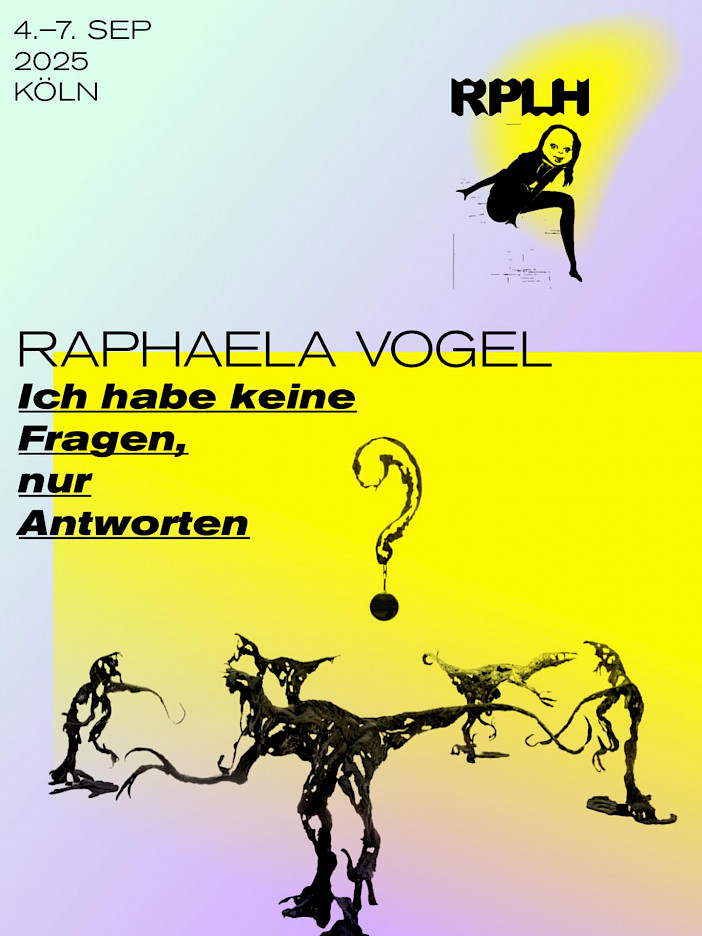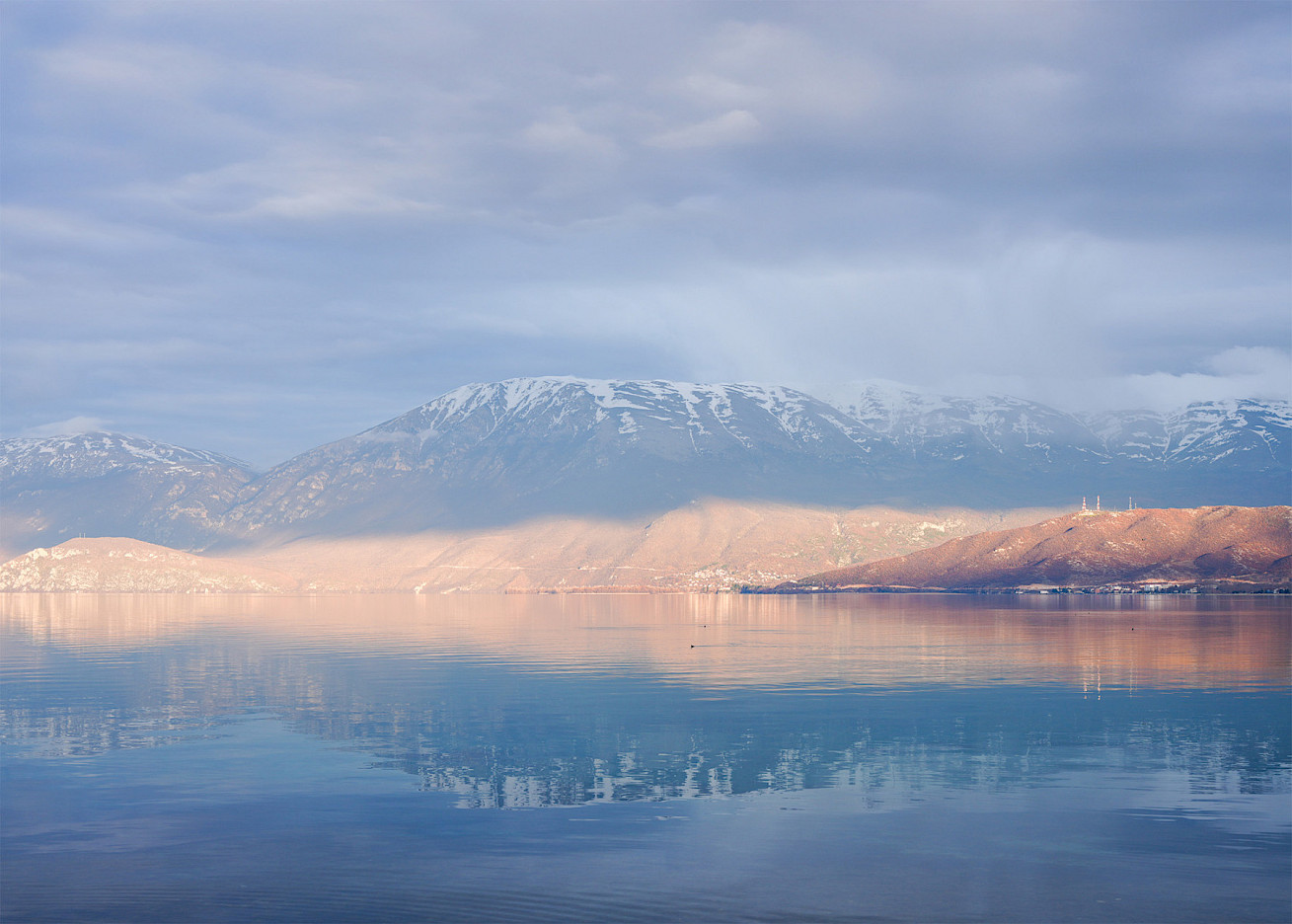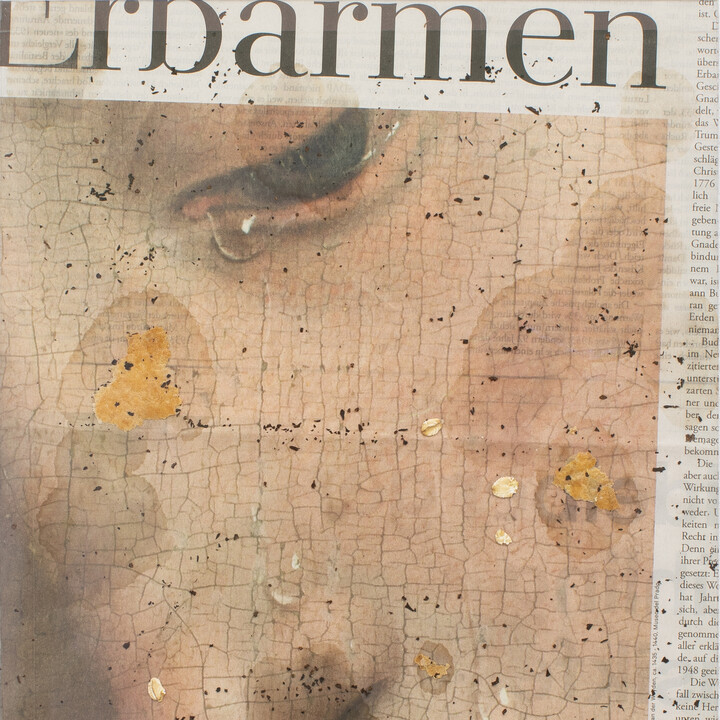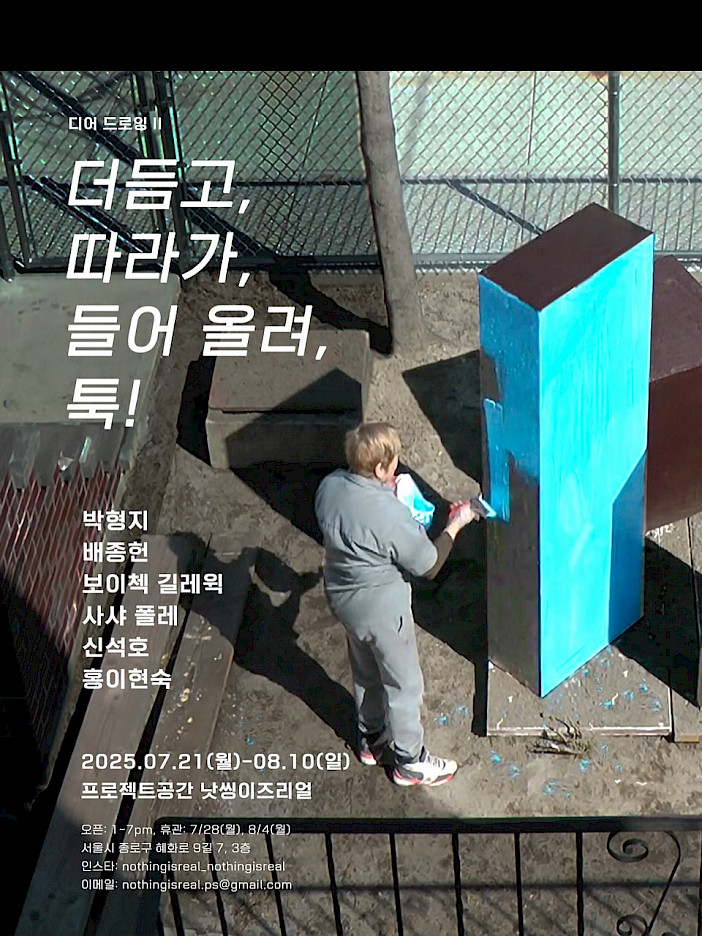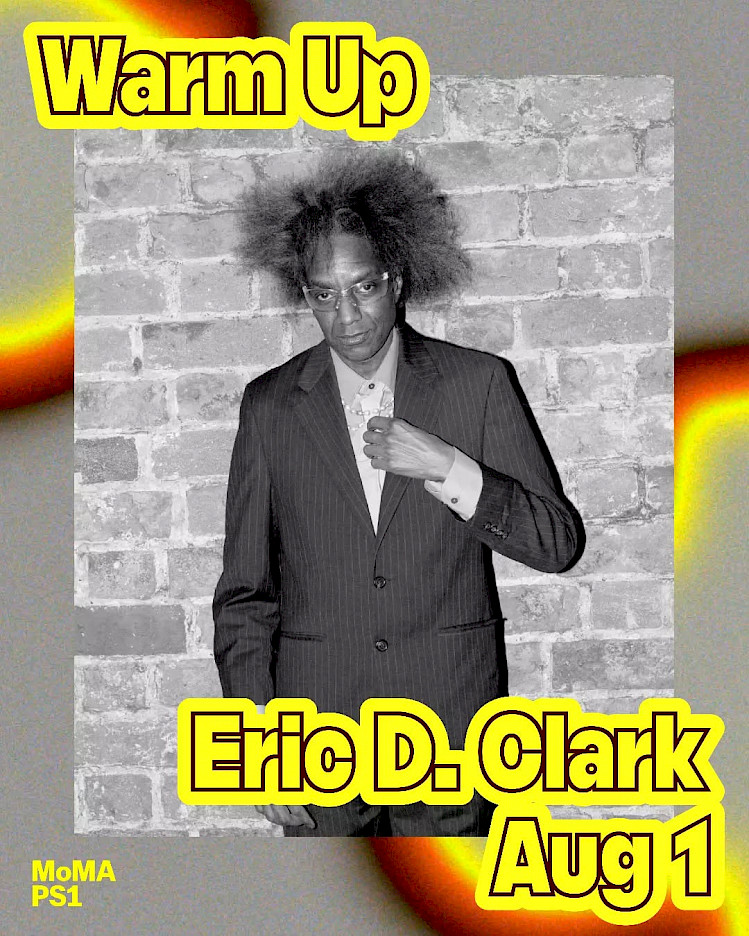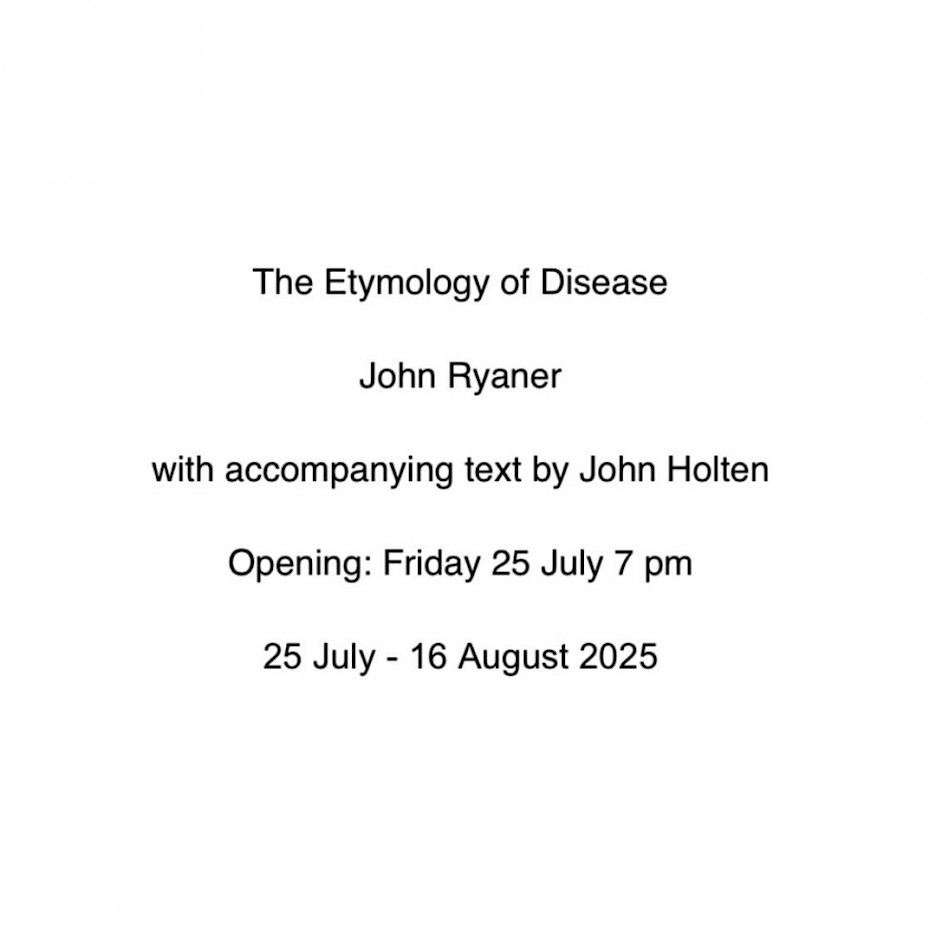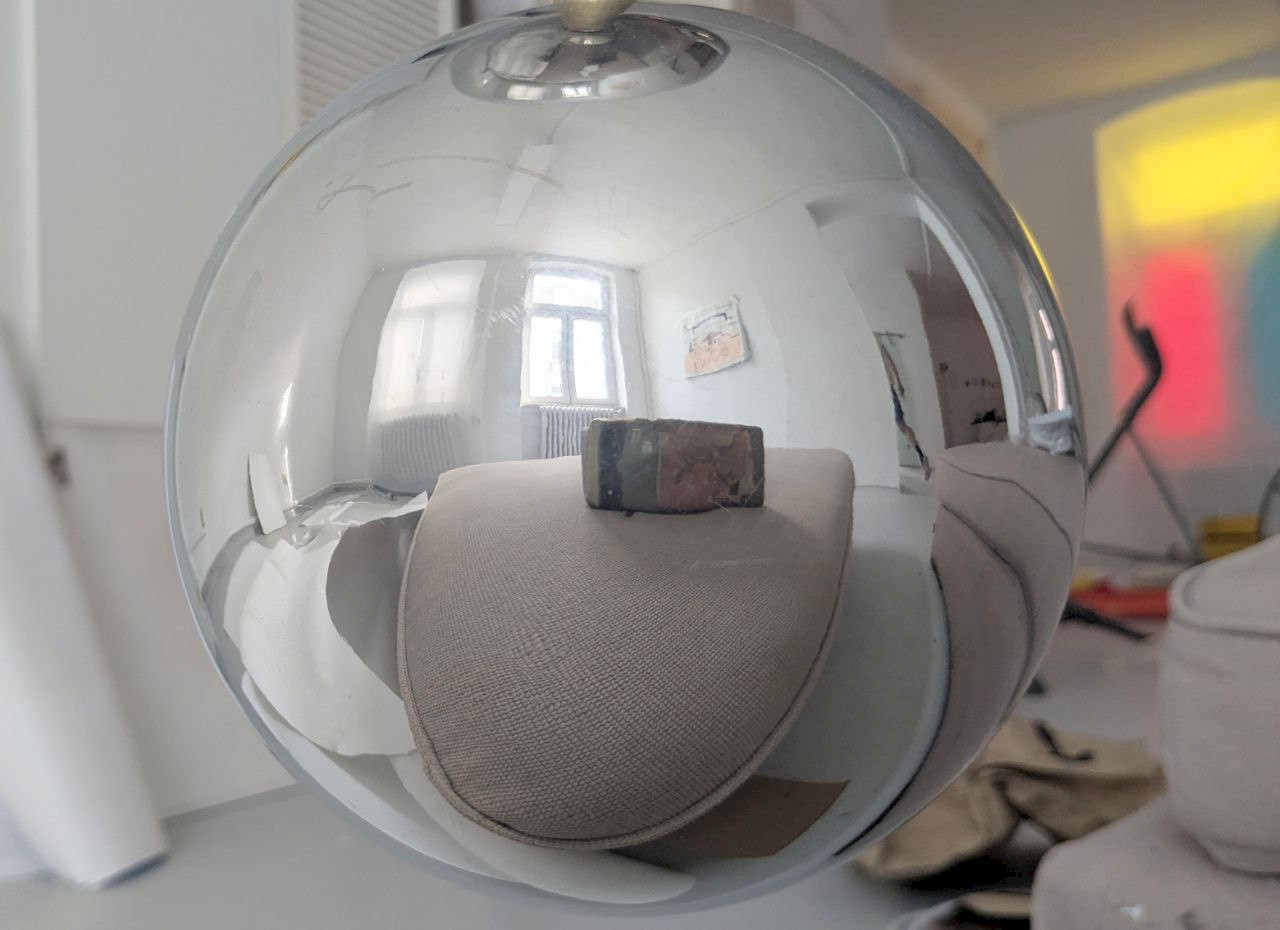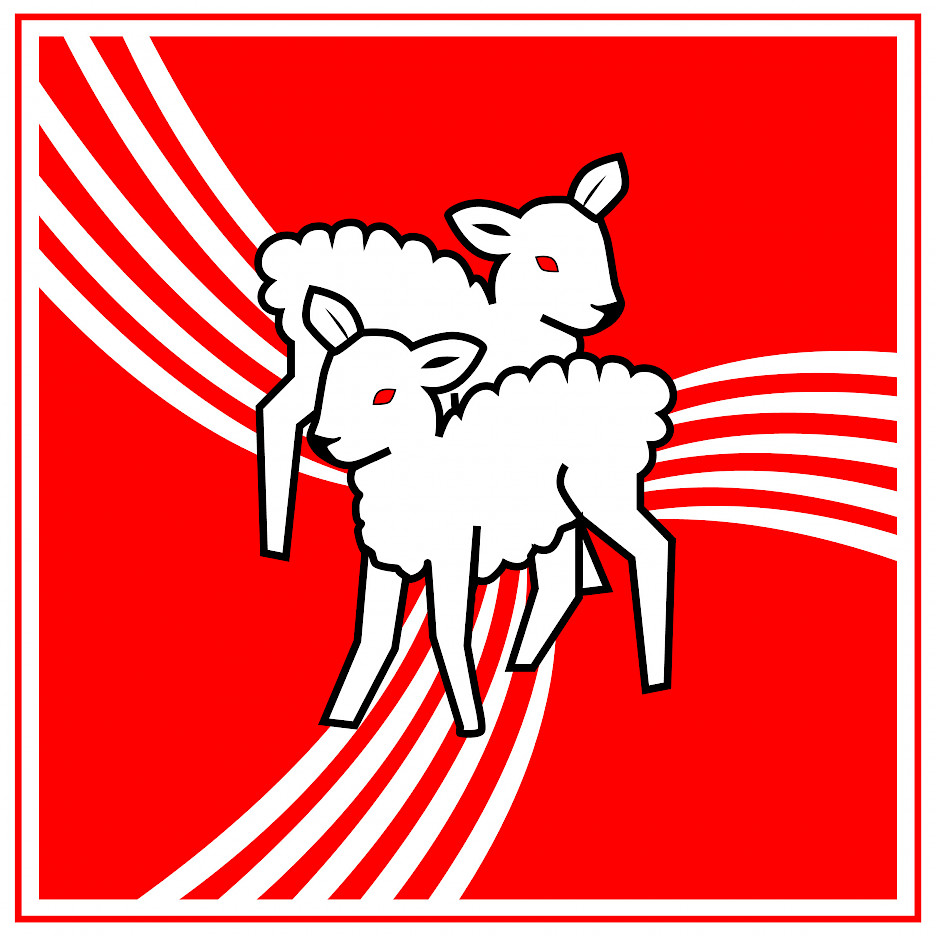curated by Gabriele Tosi
18/02 – 09/03 at Saletta Campolmi Prato open from Wednesday to Friday from 16.00 to 19.00 or by appointment.
Exotic jingles whistle a trilemma about tons of cashmere lost in the golden sands of time. A legendary herd is back in town with coats full of money. All the sheep will be safe in the sun.
Marcello Spada's solo show Like a Virgin is inspired by the visceral and secular bond that connects the working class in Prato with the processes of wool regeneration. In the current scenario, some uncertainties about the future sustainability of this virtuous and circular economy based on reclaimed material have been raised.
Bloody Sunrise is an installation comprehending several shafts made of wool and caramel, following the concept of a rudimentary amber. These columns' bases and capitals are a Bloody Mary and a Tequila Sunrise presented in tumbler glasses. Ideally, the alcoholic substance transforms through the stem, distilling the carnality into something more exotic. The precarious balance of the sculpture evokes vertigo and instability, while the liquids design a horizon always on the level. The idea of the distillation shows an alchemical imagination, following the magical and sci-fi terminology proper of the wool reclaiming industry.
Balle (bales) is a small sculpture made with 200 modified caramels. Each candy was unwrapped, sawed, emptied of the cream filling, filled with wool, and welded. The making process lasts about 14 hours, reproducing a wool worker's heroical day of labour in Prato during the golden age. The sculpture speaks about nutrition and indigestion. With the shape of a bale, a material is manipulated and presented as a drug. The candy is a "Rossana". This particular sweet crosses the Italian recent history layering many meanings, from the erotical invitation to the grandma's gift.
Fibronacci is a calendar without numbers and dates. Instead, just one picture representing 26 heaps of textile material is printed between the white pages. The picture was shot in the exhibition space before the opening. Following the Fibonacci series, a bale of frayed wool has been installed in the main room. The Fibonacci series represents an abstract model of infinite growth. By making it disappear from the exhibition and re-emerging in the calendar, the piece suggests how a mythological time of continuous economic developments acts on the present even if it is evaporated.
The exhibition is presented in a dismissed factory inside the historical centre of Prato. The space changes its colour by wrapping the original lamps with lights gel sheets. The red light is almost invisible during the day. The emergency, the danger, the fear and the eroticism emerge with the dark.
The project started from a free interpretation of 6 tons of byproduct from Texuropa Knitting Industry. The particularities and the problems of textile waste in Prato are narrated in the exhibition catalogue (designed by Matteo Coluccia, Edizioni Valled) by Astri (Associazione Tessile Riciclato Italiano - Italian Reclaimed Textile Association). The project is presented by Accaventiquattro Arte, financed by Prato municipality, with the program ENI CBC MED 2014-2020, thanks to INNOMED-UP (Promoting UPcycling in Circular Economy through INNovation and education for creative industries in MEDiterranean cities).
Marcello Spada (Bologna, 1984) is a visual artist based in Bologna and Frankfurt. He studied at IUAV in Venice, HfBK Städelschule in Frankfurt, and Sandberg Institute in Amsterdam. Spada exhibited in public and private spaces in Italy and abroad, such as La Quadriennale di Roma, HangarBicocca Milano, Centro Luigi Pecci Prato, Viafarini Milano, Localedue Bologna, BASE Firenze, TOAST Project Space Firenze, TRIPLA Bologna, Fondazione Bevilacqua La Masa Venezia, MMK Frankfurt, Hamburger Bahnhof Berlin, Weltkulturen Museum Frankfurt, Inox Copenhagen, Wschód Gallery, Varsavia, Forum 1822, Frankfurt.
